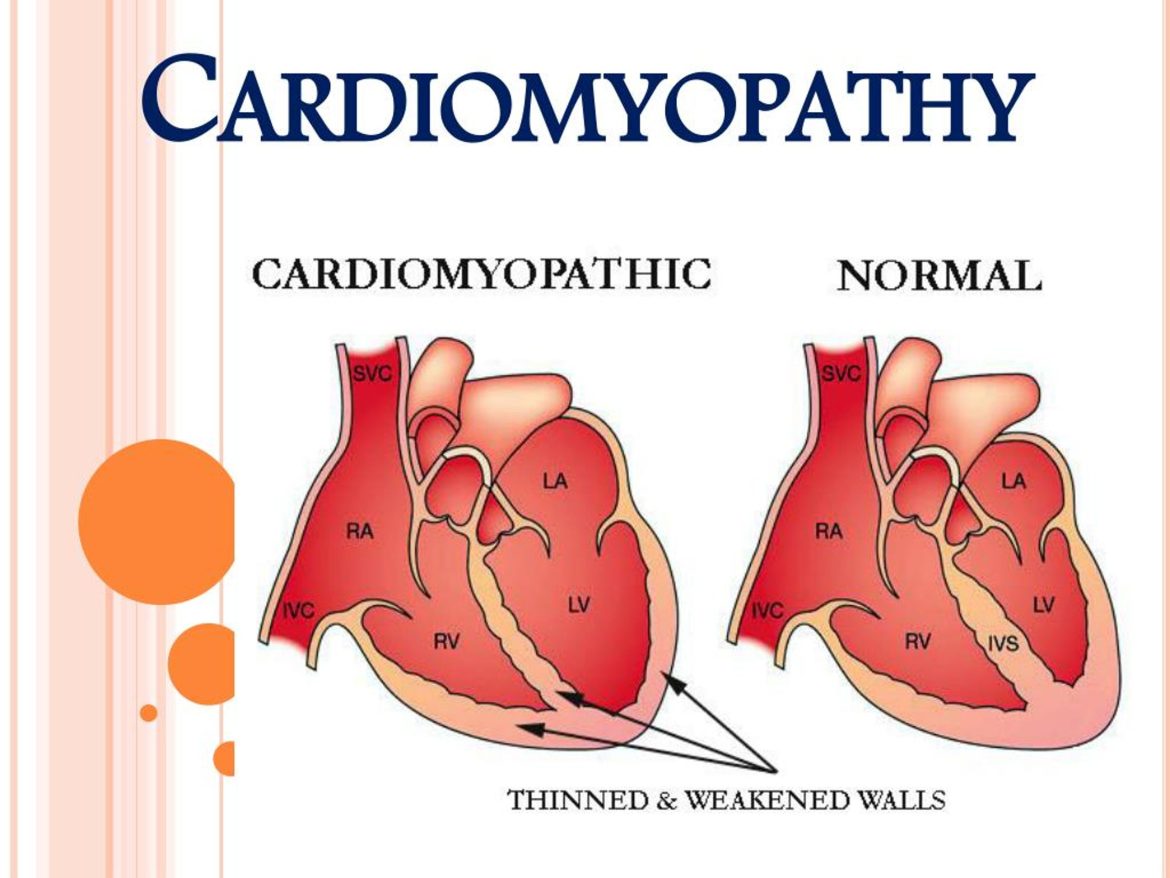Myocarditis, though relatively rare, presents unique challenges to athletes due to its potential impact on cardiac function and athletic performance. In this article, we’ll delve into the prevalence of myocarditis in athletes compared to the general population, differentiate between professional and recreational athletes, and explore the main causes of myocarditis in this population.
Prevalence of Myocarditis in Athletes:
Myocarditis among athletes is a topic of growing interest and concern within the medical and sports communities. While precise data on the prevalence of myocarditis in athletes remains limited, studies suggest that athletes may have a slightly elevated risk compared to the general population, particularly in certain sports and training conditions.
Statistics and Occurrence: Available data indicate that myocarditis occurs in approximately 1-5% of sudden cardiac deaths (SCD) among athletes, making it a relatively uncommon but potentially serious condition. This prevalence varies depending on factors such as age, sex, sport type, and level of athletic participation.
Professional vs. Recreational Athletes:
Research suggests that the incidence of myocarditis may be higher among professional athletes compared to recreational or amateur athletes. This discrepancy may be attributed to several factors, including the intensity and duration of training, competitive pressures, and exposure to environmental pathogens and infectious agents.
Reasons for Differences in Prevalence:
The observed differences in myocarditis prevalence between professional and recreational athletes can be attributed to various factors:
Training Intensity: Professional athletes often undergo rigorous training regimens characterized by high-intensity workouts and prolonged periods of physical exertion. This chronic exposure to intense exercise may increase cardiac stress and susceptibility to myocardial inflammation.
Competitive Environment: The competitive nature of professional sports can lead to heightened physical and psychological stress, potentially exacerbating underlying cardiac vulnerabilities and predisposing athletes to myocarditis.
Medical Surveillance: Professional athletes typically undergo more extensive medical evaluations and cardiac screening protocols than recreational athletes, leading to increased detection and reporting of myocarditis cases within this population.
Why are Athletes Prone to Myocarditis?
Myocarditis can arise from a variety of infectious and non-infectious etiologies, with viral infections being the most common cause. Athletes may be particularly susceptible to myocarditis due to factors such as intense physical exertion, immune modulation, and exposure to pathogens in communal training environments.
Viral Infections: Viruses such as enteroviruses, adenoviruses, parvovirus B19, and herpesviruses are frequent culprits in myocarditis cases among athletes. These viruses can be transmitted through respiratory droplets, close contact, or contaminated surfaces, making athletes vulnerable to infection during training camps, competitions, and travel.
Bacterial Infections: While less common than viral myocarditis, bacterial infections such as streptococcal or staphylococcal infections can also trigger myocardial inflammation in athletes, particularly those engaged in contact sports or activities with increased risk of skin and soft tissue injuries.
Inflammatory Conditions: In addition to infectious agents, myocarditis can result from autoimmune disorders, systemic inflammatory diseases, and allergic reactions. Athletes with underlying autoimmune conditions or predisposing genetic factors may be at heightened risk for developing myocarditis in response to immune dysregulation or environmental triggers.
Exercise-Related Factors: Intense physical exertion, particularly endurance activities such as long-distance running, cycling, and triathlons, can exert significant strain on the cardiovascular system and contribute to myocardial inflammation. Prolonged exercise sessions, inadequate recovery, and dehydration may further exacerbate cardiac stress and increase the likelihood of myocarditis in susceptible individuals.
Environmental Exposures: Athletes training or competing in outdoor environments may encounter environmental factors that predispose them to myocarditis, such as extreme temperatures, air pollution, allergens, and infectious agents present in water sources or soil.
Conclution
In summary, myocarditis remains a relatively uncommon but clinically significant condition among athletes, with potential implications for cardiac health and athletic performance. Understanding the prevalence and causes of myocarditis in athletes is essential for implementing preventive measures, optimizing medical management, and promoting athlete safety and well-being.
FAQs
Will myocarditis heal on its own?
Myocarditis can resolve spontaneously in some cases, especially if the inflammation is mild and the underlying cause is viral and self-limiting. However, the resolution of myocarditis varies widely among individuals and depends on factors such as the severity of inflammation, the presence of comorbidities, and the promptness of treatment. While some patients may experience full recovery with supportive care alone, others may develop chronic cardiac dysfunction or progress to end-stage heart failure despite intervention.
How to judge whether it is myocarditis?
The diagnosis of myocarditis requires a comprehensive evaluation that includes clinical assessment, laboratory investigations, electrocardiography (ECG), imaging studies (such as echocardiography and cardiac MRI), and, in some cases, endomyocardial biopsy. Clinicians evaluate patients presenting with symptoms such as chest pain, shortness of breath, palpitations, and fatigue, along with objective evidence of myocardial injury or inflammation, such as elevated cardiac biomarkers, abnormal ECG findings, and characteristic imaging features. A thorough history, physical examination, and diagnostic workup are essential to differentiate myocarditis from other cardiac conditions and non-cardiac causes of chest pain.
Can myocarditis cause sudden death?
Myocarditis can potentially lead to sudden cardiac death, particularly in cases of severe inflammation, myocardial injury, or arrhythmias. The inflammatory process disrupts cardiac function, predisposing individuals to life-threatening arrhythmias such as ventricular tachycardia or fibrillation. Sudden cardiac death may occur suddenly and unexpectedly, highlighting the importance of early recognition, risk stratification, and appropriate management of myocarditis to prevent adverse outcomes.
What are the symptoms and manifestations of myocardial ischemia?
Myocardial ischemia occurs when there is an inadequate supply of oxygenated blood to the myocardium, usually due to coronary artery disease (atherosclerosis) or coronary artery spasm. Common symptoms and manifestations of myocardial ischemia include:
- Chest pain or discomfort (angina pectoris), typically described as pressure, tightness, squeezing, or heaviness in the chest, which may radiate to the arms, shoulders, neck, jaw, or back.
- Shortness of breath, especially with exertion or during episodes of angina.
- Nausea, vomiting, indigestion, or epigastric discomfort, which may mimic gastrointestinal symptoms.
- Diaphoresis (excessive sweating), pallor, or lightheadedness.
- Fatigue, weakness, or palpitations.
In some cases, myocardial ischemia may be asymptomatic, particularly in individuals with silent ischemia or atypical symptoms.


